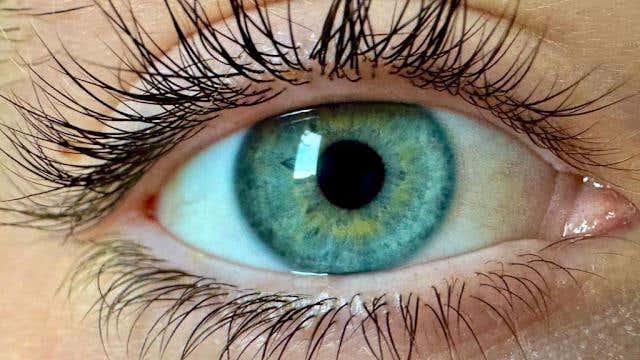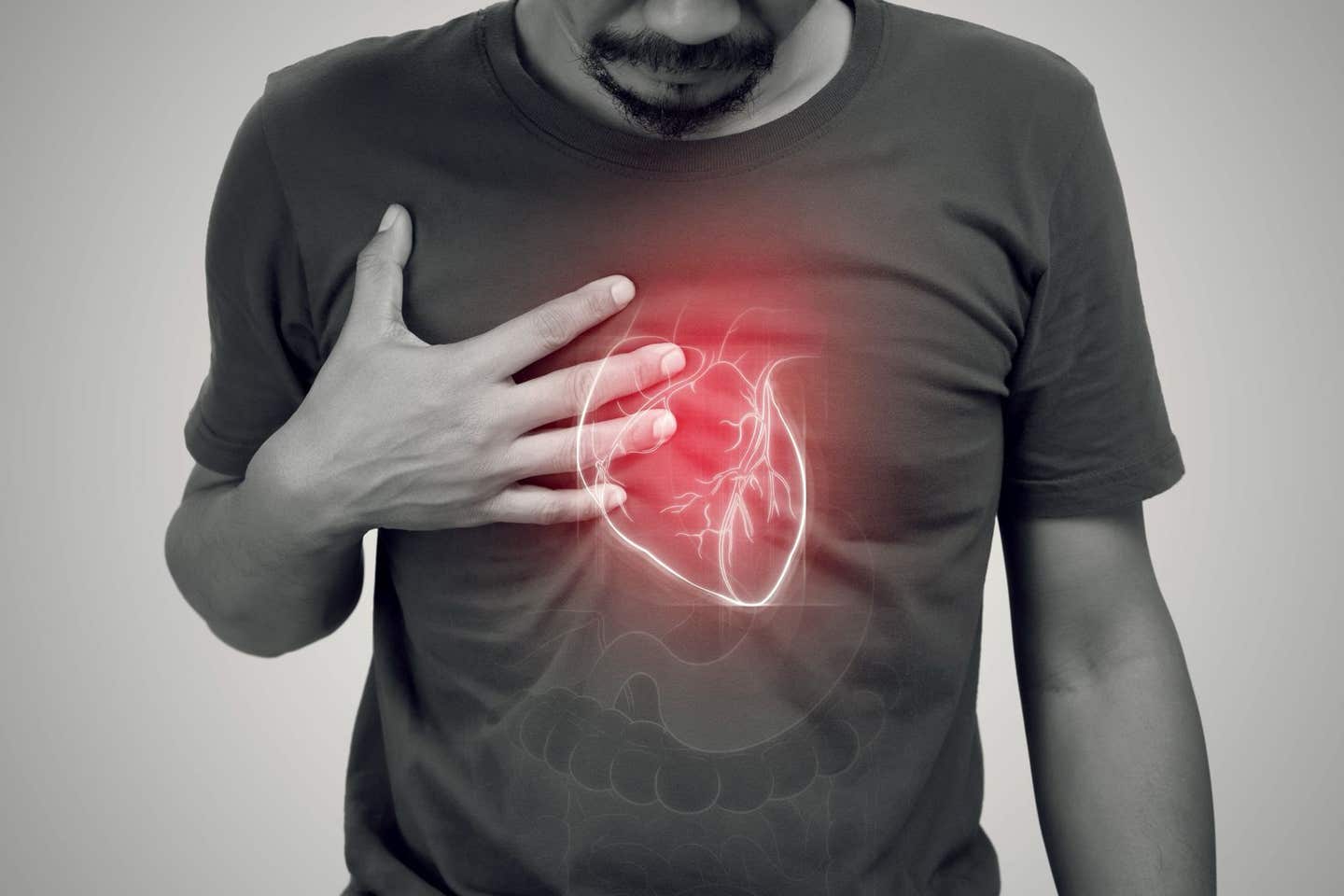Cutting-edge AI diagnoses schizophrenia and bipolar disorders earlier
AI models analyzing medical records may improve early diagnosis of schizophrenia and bipolar disorder, leading to faster treatment and better outcomes.

Researchers are using AI to analyze medical records and predict schizophrenia and bipolar disorder earlier. (CREDIT: CC BY-SA 4.0)
Schizophrenia and bipolar disorder are severe mental illnesses that often disrupt daily life, affecting social interactions, employment, and overall lifespan. These conditions usually emerge in late adolescence or early adulthood, yet their diagnosis is often delayed for several years. The longer the delay, the worse the outcomes. A late diagnosis can prevent timely treatment, leading to greater suffering and more severe symptoms.
The Challenge of Early Diagnosis
Diagnosing schizophrenia and bipolar disorder is complex. In the early stages, known as the prodromal phase, symptoms do not fully meet the criteria for diagnosis.
Many patients initially receive treatment for less severe conditions, such as anxiety or depression, before the true nature of their illness becomes clear. The overlap of symptoms with other mental disorders further complicates accurate identification.
New research suggests that artificial intelligence could play a role in improving early diagnosis. A study conducted at Aarhus University and Aarhus University Hospital – Psychiatry explored whether machine learning models could predict the risk of developing schizophrenia or bipolar disorder using electronic health record (EHR) data. The research finding are published in the journal JAMA Network.
Professor Søren Dinesen Østergaard, a lead researcher on the project, explains, “It is a difficult clinical challenge to solve, but we have given it a try, and the results of this study show that we are on the right track.”
Machine Learning and Electronic Health Records
The study examined electronic health records from 24,449 patients who had previously received treatment for less severe mental disorders. Researchers trained a machine-learning algorithm to analyze patterns within these records and estimate the likelihood of a patient developing schizophrenia or bipolar disorder within the next five years.
“If the algorithm indicates a high likelihood of developing schizophrenia or bipolar disorder, healthcare staff can focus their examination on symptoms associated with these disorders—potentially leading to earlier diagnosis and the initiation of targeted treatment,” says Østergaard.
Related Stories
The algorithm evaluated over 1,000 factors within medical records, including past diagnoses, prescribed medications, and unstructured text from clinical notes. The results were promising but indicated room for improvement.
Out of every 100 patients the algorithm identified as high-risk, about 13 were later diagnosed with schizophrenia or bipolar disorder within five years. Conversely, of every 100 patients labeled low-risk, 95 did not develop either condition. While helpful, this level of accuracy is not yet high enough for clinical use.
The Power of Clinical Notes
Researchers found that clinical notes played a crucial role in prediction accuracy. The ten most important predictive factors came from the text written by doctors and mental health professionals. These included words describing symptoms such as social withdrawal and auditory hallucinations, as well as notes on psychiatric hospital admissions—clear indicators of severe mental illness.
“This makes perfect clinical sense,” Østergaard explains. “The words in these notes reflect a level of detail about a patient’s condition that structured data alone cannot capture.”
However, the language model used in this study was relatively simple, analyzing the frequency of individual words without considering the context in which they appeared. Advanced AI models, similar to those powering ChatGPT, can understand entire sentences and infer meaning.
The research team believes integrating more sophisticated natural language processing techniques will significantly improve diagnostic accuracy.
A Promising Future for AI in Psychiatry
While the current model is not yet ready for clinical use, researchers are optimistic. Future versions could provide even more reliable predictions, enabling earlier diagnosis and better treatment outcomes.
“We are optimistic that this technology can make our predictions of schizophrenia and bipolar disorder precise enough for future versions of the algorithm to support clinical practice,” says Østergaard. “This is an opportunity we will definitely pursue.”
By leveraging artificial intelligence, mental health professionals may soon gain a powerful tool to identify at-risk patients earlier. This advancement could lead to quicker interventions, improved patient care, and ultimately, better lives for those affected by schizophrenia and bipolar disorder.
Note: Materials provided above by The Brighter Side of News. Content may be edited for style and length.
Like these kind of feel good stories? Get The Brighter Side of News' newsletter.
Joshua Shavit
Science & Technology Writer | AI and Robotics Reporter
Joshua Shavit is a Los Angeles-based science and technology writer with a passion for exploring the breakthroughs shaping the future. As a contributor to The Brighter Side of News, he focuses on positive and transformative advancements in AI, technology, physics, engineering, robotics and space science. Joshua is currently working towards a Bachelor of Science in Business Administration at the University of California, Berkeley. He combines his academic background with a talent for storytelling, making complex scientific discoveries engaging and accessible. His work highlights the innovators behind the ideas, bringing readers closer to the people driving progress.



